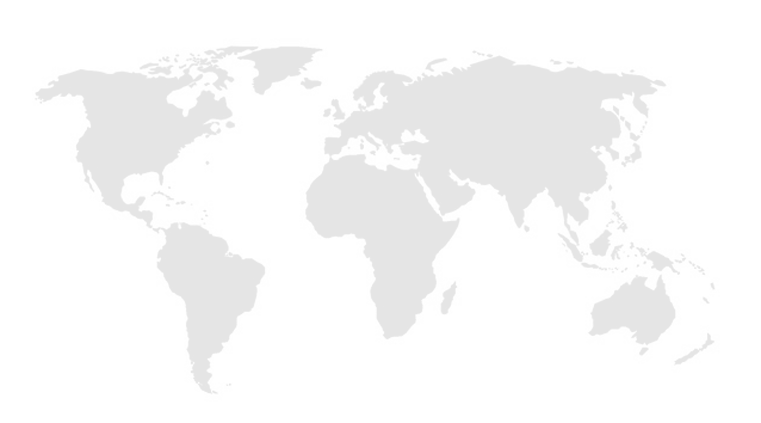Tackling Avoidable Blindness
Overview
There are about 43 million people blind globally with Africa accounting for 11.6% of this blind population. 90% of visual loss is avoidable and the majority of blind persons are found in developing countries.
Tackling Avoidable Blindness
There are currently an estimated 43.3 million people who are blind globally, and an additional 295 million people with moderate and severe vision impairment. Ninety percent of visual loss is avoidable, and 90% of blind persons live in low and middle-income countries with 74% aged over 50 years. It is estimated that there are five million people blind in Africa accounting for 11.6% of the world’s blind population. In Nigeria the number of blind persons has increased from 1.13 million over a decade ago to 1.3 million in 2020.
The leading causes of blindness and vision impairment in sub-Saharan Africa are cataracts, glaucoma, uncorrected refractive errors, and diabetic retinopathy. Kolmarg Eyesight Foundation intends to address this major causes of blindness in the region by providing comprehensive eye care at no cost to those desperately in need of them in the rural areas.
Cataract
Surgery
Cataract is an opacification of the transparent lens of the eye and is the commonest cause of blindness. Kolmarg Eyesight Foundation plans to carry out 1000 free cataract surgeries in 2021, increasing the number by 1000 yearly from 2022 to 5000 annually by 2025.
Screening for and Treatment of Glaucoma
Glaucoma is a disease that causes irreversible damage to the nerve that connects the eyeball to the brain. It is often referred to as the “silent thief of sight” because symptoms are absent in the early stage of the disease. Early detection and institution of treatment are crucial in preventing visual loss.
Treatment of
Presbyopia
Presbyopia is the gradual loss of the eyes’ ability to focus on nearby objects with age. It can lead to reduced quality of life in both literate and illiterate individuals. It is readily corrected with spectacles. Kolmarg Eyesight Foundation intends to distribute 8,000 free reading glasses in 2021 and 20,000 by 2025.
Screening for Diabetic Retinopathy
Diabetic retinopathy is a complication of diabetes that affects the blood vessels of the retina. It usually develops after several years of living with the disease, and may result in irreversible loss of vision. Visual loss can be prevented with regular eye examination.
Low Vision
Rehabilitation
Low vision refers to vision loss that cannot be corrected by medical or surgical treatments or conventional eyeglasses. Kolmarg Eyesight Foundation plans to distribute low visual aids to 100 persons with low vision in 2022, and to increase this number by 100 annually from 2023.
School Eye Health Screening
Current estimates suggest there are 23.5 million children with a moderate to severe vision impairment, including nearly 1.5 million children who are blind, with short-sightedness (myopia) projected to increase to more than half of the world’s population by 2050.
Blindness is a global challenge
43.3 million people are blind worldwide
with another 295 million living with severe vision impairment
Sadly, 90% of this visual loss is avoidable, and most of those affected live in low- and middle-income countries.
In Africa alone, over 5 million people are blind, accounting for nearly 12% of the world’s blind population. In Nigeria, the number has risen to 1.3 million in 2020, up from 1.13 million a decade ago.
The leading causes—cataracts, glaucoma, uncorrected refractive errors, and diabetic retinopathy—are preventable and treatable. That’s why Kolmarg Eyesight Foundation works across rural communities in Nigeria, bringing free, comprehensive eye care to those who need it most.

u201cBy investing in children, together, we have the opportunity to create real, long-lasting change for families and com-munities around the world.u201d
John Edison
Children International President & CEO

